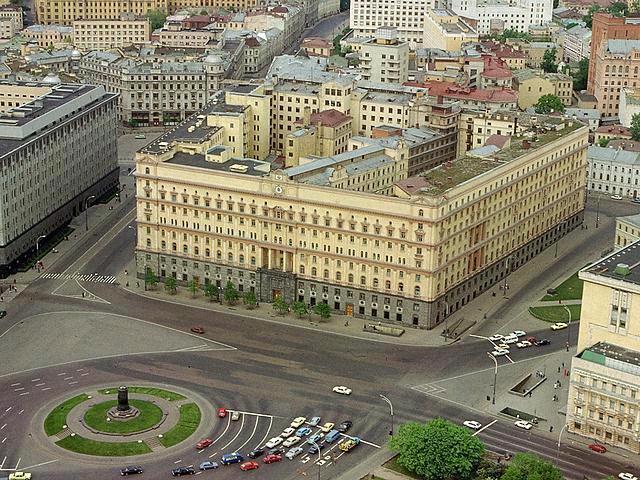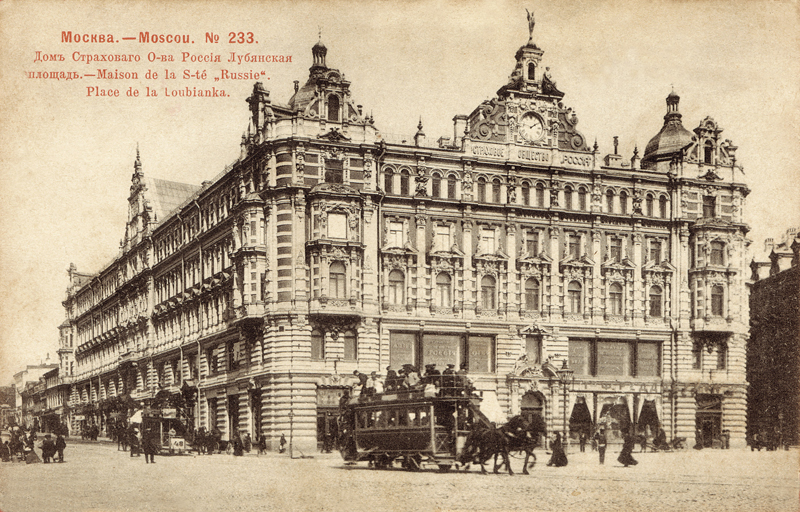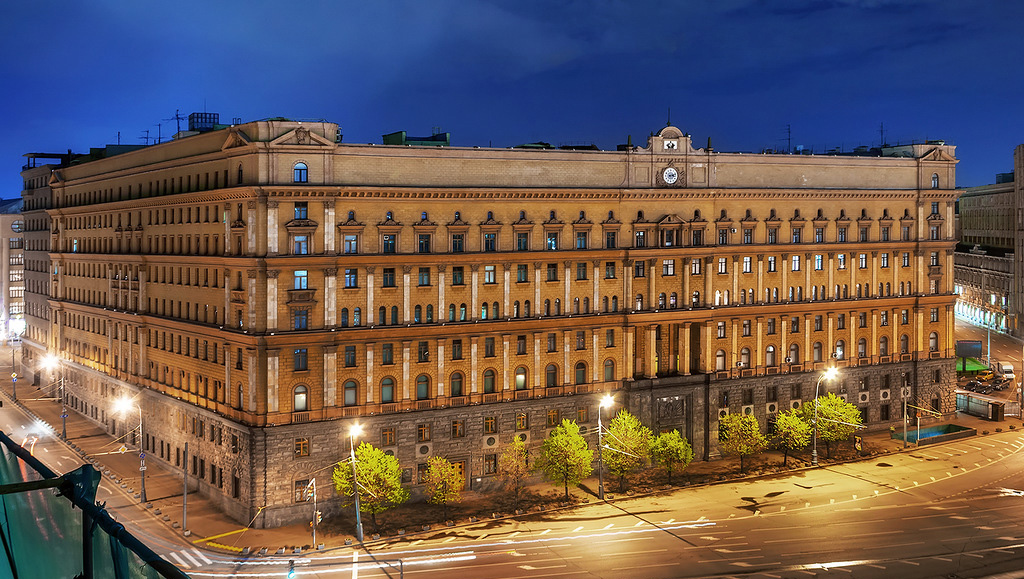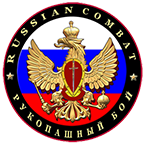Lubyanka – the KGB Headquarter
The Lubyanka was originally built in 1898 as the headquarters of the All-Russian Insurance Company. It is noted for its beautiful parquet floors and pale green walls. Following the Bolshevik Revolution in 1917, the structure was seized by the government for the headquarters of the secret police, then called the Cheka. The Lubyanka Building / Lubyanka Square in downtown Moscow became the head-quarters of the KGB.
The KGB directors from Lavrentiya Beriya to Yuriy Andropov had their office on the third floor of the building. The center of the square was dominated centre by a statue of Felix Dzerzhinsky, founder of the first communist secret police, the Cheka. Like many others, the statue was removed in August 1991.
The Lubyanka actually consists of three buildings. The main yellow building, which is often shown on television, predates the Revolution and was taken over by the Bolsheviks in 1918. Containing the Lubianka prison, this building is now the headquarters of the Border Troops, and it also contains a single Federal Security Service (FSB) Directorate. The Federal Security Service headquarters building is the gray one to left side, No. 1/3. whose construction began under Andropov and was finished under Chebrikov.

Lubyanka Square in downtown Moscow
Since 1984 (when the KGB chief Yuri Andropov became chairman of the Communist Party and decided to improve the KGB’s public image) tourists have been able to visit the KGB museum in a gray stone building behind the Lubyanka. The upper floors were used for the KGB offices, the ground floors were used for conferences and a clubroom for retired the KGB offices, featuring a disco, among other things. And since the Soviet collapse in 1991, Russia’s intelligence agencies have tried to create an impression of openness, giving guided tours through the yellow Lubianka. The new KGB Museum, which is open to the public, is housed in the Lubyanka building. Across the square from the Lubyanka is Dyetsky Mir (Children’s World), the largest children’s shop in the country.

Lubyanka during renovation in 1983, with the left half still lower.
FSB Structure after reform (2004):
- Director – Nikolay Patrushev
- First deputy – Viktor Pronichev
- First deputy – Sergei Smirnov
- Deputy – Vyacheslav Ushakov
- Deputy – Vladimir Anisimov
Services:
- Counterintelligence service – Oleg Syromolotov
- Service for the Protection of the Constitutional System and the Fight against Terrorism – Aleksandr Bragin
- Economic Security Service – Aleksandr Bortnikov
- Border Service – Viktor Pronichev
- Organizational and Personnel Service – Yevgeny Lovyrev
- The Analysis, Forecasting, and Strategic Planning Service – Viktor Komogorov
- Control Service – Aleksandr Zhdankovv

The Lubyanka Square in downtown Moscow





Leave a Reply